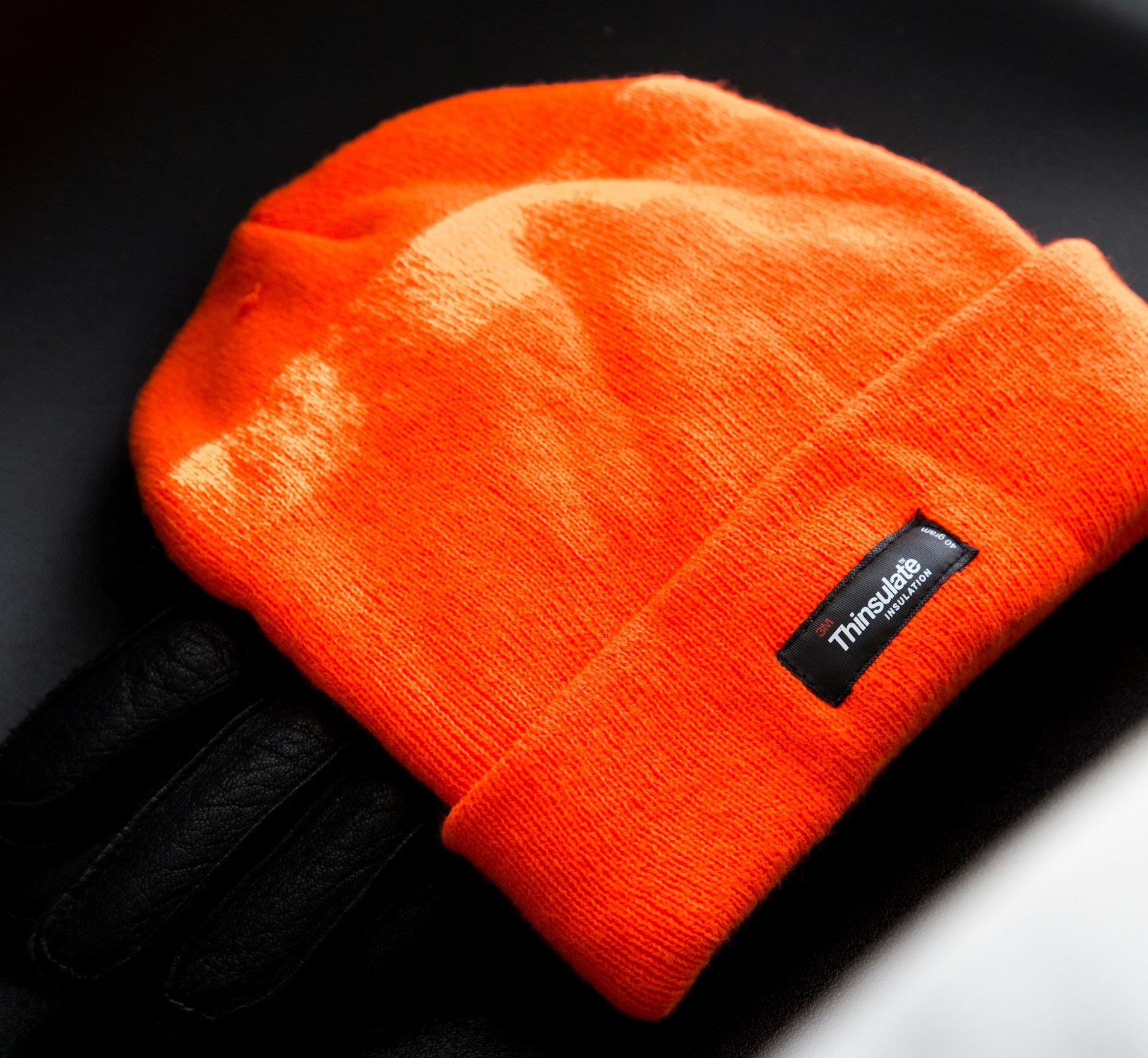Polyethylene (PE) is a versatile thermoplastic material commonly used in various industries due to its flexibility, durability, and chemical resistance. Heat forming, also known as thermal forming, is a process that involves heating PE to a temperature where it becomes pliable and can be shaped into desired forms.
Heat Forming
Experience The Foamtec Way
Heat or Thermal Forming for PE

PE Heat Forming Process
PE Heat Forming Applications
Heat forming for PE is often used in packaging, automotive parts, medical devices, and protective covers.
Protective Covers
Packaging
Medical Devices
Automotive Parts
Let's Innovate Together.
Interested in working together? Contact our team today.

Heat Sealing for Thinsulate Material
Thinsulate is a thermal insulation material widely used in outdoor clothing, footwear, and various products requiring lightweight insulation. It is made from fine microfibers that trap air and provide excellent insulation without the bulk. Heat sealing is a common method to bond layers of Thinsulate to other materials without using adhesives or sewing.
Thinsulate Process
Thinsulate Applications
Heat sealing for Thinsulate is commonly used in the manufacturing of insulation and Foamtec is specialized in the automotive application, where a lightweight but efficient thermal barrier is needed.
Automotive Insulation
Let's Innovate Together.
Interested in working together? Contact our team today.

High-Quality Products
Both processes—thermal forming for PE and heat sealing for Thinsulate—are crucial for manufacturing products requiring durability, flexibility, and thermal management. By using these techniques, manufacturers can create custom products for various industries, from protective equipment to consumer goods.



